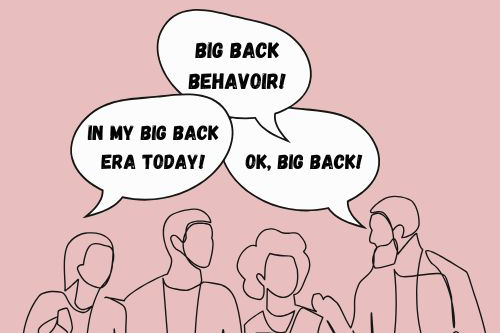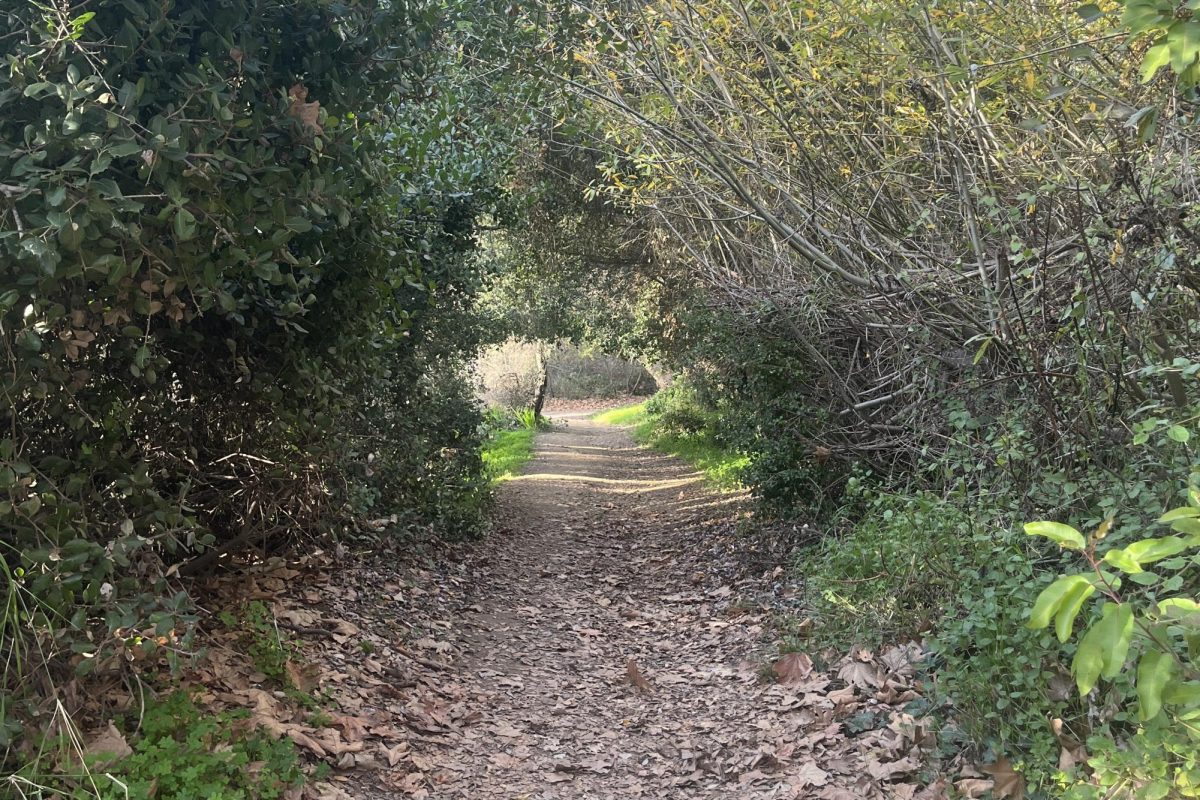As excitement for Halloween heightens and everyone has a pumpkin spice latte in hand, it is abundantly clear that autumn traditions have taken center stage.
Yet, unlike spring and summer (winter operates on a level of its own), autumn has corporations and consumers alike in some sort of pumpkin spice-flavored chokehold; even before October began, Halloween candy and autumnal candles already lined the shelves of stores across the nation.
Amidst this craze lies an issue which defies the changing of seasons: our planet is, put simply, dying. According to an article from NBC, “from 1970–2022, fall temperature data in 247 U.S. locations show rising temperatures in 96% of locations.” What’s more, neglecting to consider our hurting Earth when engaging in traditions is only causing further injury.
We respect that seasonal traditions possess generational, interpersonal significance and want to offer small alterations to beloved fall festivities that, ultimately, will have a sizable impact on the planet.
Pumpkin Pollution
It’s hardly a secret that pumpkins are truly the “it-gourds” of autumn; from candles to confections, pumpkins are paramount to the season. It is estimated that the United States grows over 2 billion pumpkins yearly, according to a 2020 study conducted by the Ohio Farm Bureau.
But, once the jack-o’-lantern-carving-crazes conclude and pumpkin patches close for the season, mass amounts of pumpkins are left to rot and are ultimately wasted; in the same year of OFB’s study, only one-fifth of pumpkins planted were used for food. The remaining gourds meet a much more dire fate: a guaranteed spot in landfills. Design-wise, landfills do not contain enough oxygen to effectively accommodate the decomposition of organic matter, so this pumpkin massacre causes the production of greenhouse gasses, such as methane.
This does not mean we have to stop bringing home pumpkins to ring in the season, however. In fact, there are a myriad of methods to maximize the use of your pumpkins.
Firstly, don’t throw away the seeds. When roasted even simply with olive oil, salt and pepper, pumpkin seeds make for a delicious snack. Beyond simpler renditions of this roasted treat, the internet has recipes for roasted pumpkin seed flavors aplenty, from cinnamon-sugar to pizza.
As for the potentially rotting exterior of leftover pumpkins, composting is a simple, reliable method of fostering the decomposition of organic matter in an eco-friendly matter. If the compost bin isn’t calling your name, you can also donate unmarked, un-carved pumpkins to Pumpkins for Pigs, an organization that uses leftover pumpkins to feed pigs at farms and animal sanctuaries across the nation.
Halloween Candy Wrappers
For many, Halloween is essentially synonymous with candy. The delectable, bite-sized treats are infamous motivators for neighborhood-traversing trick-or-treaters and stay-at-home celebrants alike.
However, many of these beloved holiday treats’ wrappers aren’t made of recyclable materials. This is because the wrappers are composed of materials such as tin and plastic, which do not break down easily and are, ultimately, non-recyclable.
As a more sustainable option, we recommend opting to purchase candies packaged in compostable paper or wrapped in either 100% aluminum or paper — both of which are fully-recyclable materials — such as Nerds, Dots, Whoppers and Junior Mints.
Fast Fashion and Halloween Costumes
While searching for a new character, item or icon to dress up as when celebrating Halloween is certainly an exciting event to look forward to each year, it’s far from sustainable. According to Hummingbird International, 35 million Halloween costumes are disposed of each year, producing mass amounts of textile waste annually.
Since Halloween costumes are meant to encourage creativity and silliness, try assembling a costume from clothing you already own as a more eco-friendly option for dressing up. Additionally, saving Halloween costumes from past years and re-wearing them is another sustainable option — we don’t judge outfit repeats.
The purpose of these sustainable suggestions is to recommend small adjustments to Halloween traditions that can help create a more promising future. After all, how will enjoying these seasonal traditions be possible if there is no inhabitable planet on which to do so?


















Rosanna • Nov 7, 2023 at 2:18 pm
Thank you so much for bringing this to our attention! So helpful and informative!




 Especially love the Pumpkins for Pigs referral! Brilliant idea!
Especially love the Pumpkins for Pigs referral! Brilliant idea!